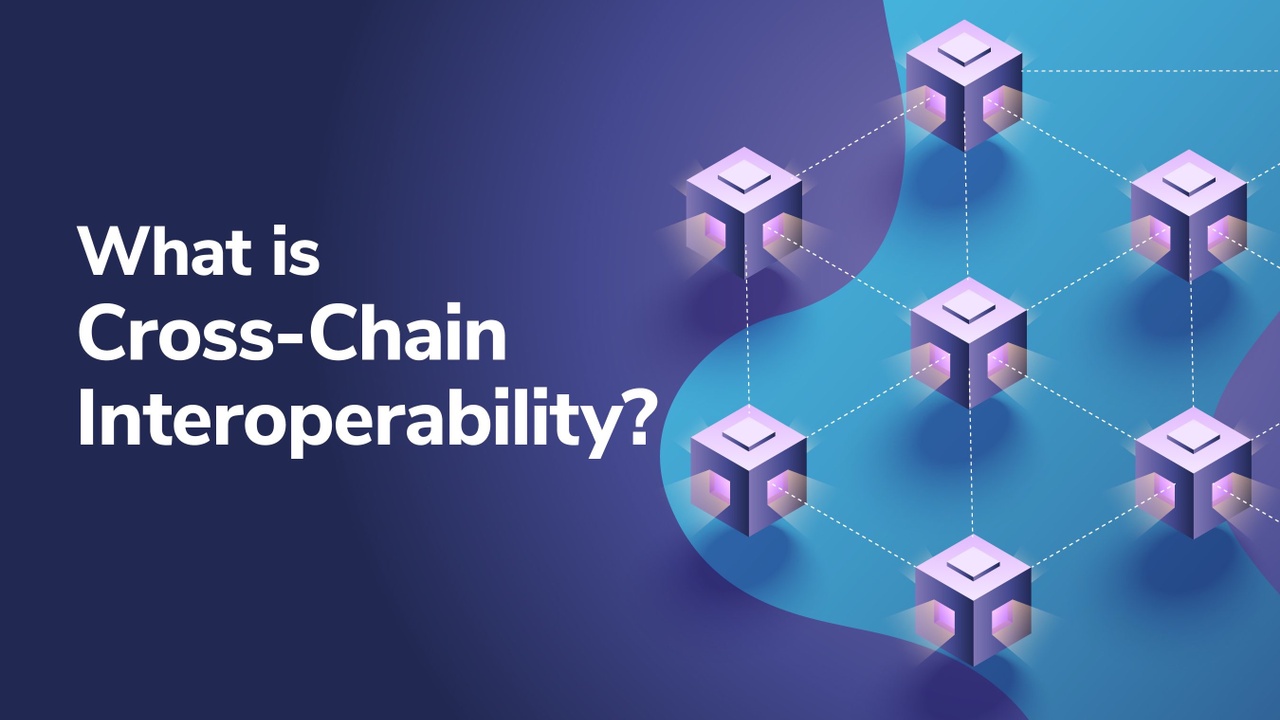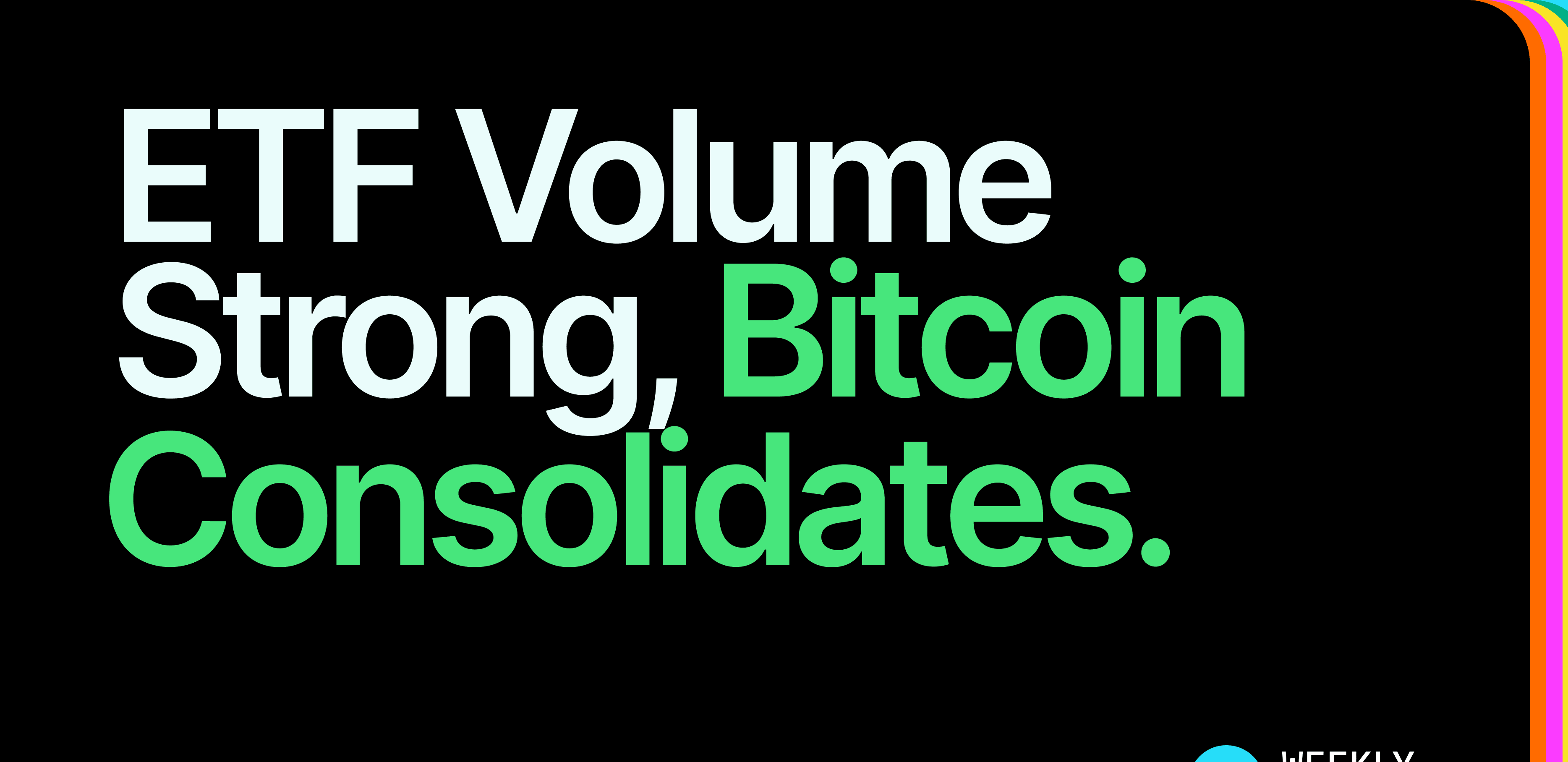
When Does Cross-Chain Interoperability Occur?
Applications may now talk to each other and interact across various blockchain networks thanks to cross-chain interoperability. Consequently, data and value may various systems, and there is greater connectivity and easy integration.
What Is Interoperability in Blockchain?
If two blockchains are able to freely exchange data with each other, we say that they are interoperable. Smart contracts running on separate chains can exchange data with one another via cross-chain interoperability, eliminating the need to transfer physical coins.
For instance, a blockchain serves as evidence for assets, services, and transactions. With the correct interoperability solution, each transaction that occurs on one blockchain may be mirrored on another. So, it doesn’t matter whose blockchain an app is built on; it will function with any asset or service.
Why Is Interoperability Important?
Just like the early days of the internet, modern blockchains are characterized by numerous separate ecosystems that are unable to share data with one another.
The inability to transfer data and money easily between networks due to blockchain’s lack of interoperability and connectivity is a major roadblock to the technology’s wider use. The backend contracts are disconnected and oblivious to each other since, from the developer’s point of view, each deployment is a separate instance. A decentralized exchange (DEX) DApp, for instance, may necessitate the separate deployment of components on the Polygon, BNB Chain, and Ethereum networks. This causes the DApps to become siloed.
The multi-deployment strategy could be difficult to navigate for end users. Using this mechanism, tokens cannot be simple to carry between multiple blockchains. A common method for accomplishing this involves destroying assets on one blockchain and then minting them on another blockchain through the use of a third party bridge. A bad user experience and disjointed data islands can result from the lengthy and perplexing process. Holding assets across numerous blockchains can potentially pose serious security problems, increasing the likelihood of attacks and the possible loss of funds.
Cross-Chain Interoperability Solutions

As more and more developers create tools to facilitate the linking and transfer of data and value across different networks, cross-chain connectivity is enhancing. This has the potential to open up new avenues for blockchain applications that are both more accessible and more interdependent.
Various methods exist for enhancing the compatibility of different chains. To demonstrate a variety of solutions, we have included a few samples here.
Chainlink
To facilitate messaging and token transfers across chains, Chainlink is creating the open-source Cross-Chain Interoperability Protocol (CCIP). With CCIP, we hope to create a universal interface that hundreds of blockchain networks can use to connect to one another. Constructing apps and services that work across chains can become easier with its help.
Wormhole
One general interoperability mechanism that facilitates the flow of coins and messages across various blockchain networks is the Wormhole protocol. An interconnected group of watchdogs checks messages on one chain before transferring them to another. Wormhole enables programmers to build xDapps, or autonomous applications that are compatible with many blockchains.
LayerZero
For lightweight message transfer between blockchains, LayerZero is an omnichain interoperability protocol that offers adjustable trustlessness and secure, dependable message delivery.
In order to boost efficiency, LayerZero’s ultra-light nodes (ULN) supply the block headers of other bridging chains. These nodes are smart contracts. The smart contract has two-way communication with an oracle and a relayer via the LayerZero endpoint, and the ULN is only activated when needed. Efficient and lightweight cross-chain communication is made possible by this approach.
Hyperlane
Hyperlane is a delegated proof of stake (PoS) chain protocol that validates and secures cross-chain communication via configurable consensus methods. In Hyperlane’s network, each validator is responsible for validating every chain that Hyperlane is connected to, ensuring that cross-chain communication is secure and accurate.
Inter-Blockchain Communication
The Cosmos Network’s standard protocol for blockchain interaction is Inter-Blockchain Communication (IBC), which is meant to facilitate interoperability across various blockchains. Interchain Standards (ICS) specify how blockchains can communicate and exchange data with each other; IBC defines a minimal set of functionalities that are specified in those standards.
The decentralized exchange (DEX) Osmosis allows users to trade tokens between various blockchains. In order to facilitate easy token swaps between multiple chains, Osmosis employs the IBC protocol. This gives token holders direct access to the interoperability that IBC provides.
Avalanche Warp Messaging
Because of its adaptability, Avalanche Warp Messaging (AWM) enables programmers to power communications using their own messaging requirements. The AWM specification states that in order to comply, you require a bytes array, an index of the BLS Multi-Signature participants, and the BLS Multi-Signature itself. With AWM, creating robust decentralized applications (DApps) for the Avalanche network is a breeze.
BTC Relay
One such live-deployable chain relay is BTC Relay. It opens the way for Ethereum to receive Bitcoin block headers. Building a trustless bridge between the Ethereum and Bitcoin networks, it enables a method to confirm that Bitcoin transactions are included on the Ethereum blockchain.
Cross-Consensus Message Format
On Polkadot, several consensus systems can talk to each other using the Cross-Consensus Message Format (XCM). Developers can construct programs that enable bridges, cross-chain locking, exchanges, NFTs, conditionals, context-tracking, and more with the successful merging of XCM version 3.
Developers can use XCM to communicate with the Polkadot network, for instance. Because the Moonbeam XCM SDK mostly allows XCM token transfers.
Axelar
Developers can create decentralized apps that run across different blockchain networks with Axelar’s solution for cross-chain communication. Which is the General Message Passing protocol. Users that utilize Axelar to bridge tokens also have access to delegated proof of stake (dPoS), which allows for safe interchain communication.
For instance, Satellite, a bridging program developed by Axelar, links the Cosmos ecosystem with the Ethereum-based BUSD. This allows for the two ecosystems to work together seamlessly.
Benefits and Limitations of Interoperability
The benefits of blockchain interoperability is clear. Users can potentially conduct transactions across different blockchain networks seamlessly, without the need for centralized intermediaries. It also reduces fragmentation, improves interoperability within the broader blockchain ecosystem, and opens up new business boundaries and models.
There are some limitations to these solutions, however. Different blockchains may have different security solutions, consensus algorithms and programming languages, which can add to the technical complexity. These solutions can potentially increase the probability of attacks and present new governance challenges among different blockchain networks.
Closing Thoughts
By facilitating the transmission of data, value, and communication across different networks, cross-chain interoperability solutions may greatly enhance the performance and usefulness of blockchain networks.
More innovation across blockchain networks and new blockchain application possibilities are anticipated as cross-chain interoperability develops in the future. Together, they have the potential to make the blockchain ecosystem more accessible and interconnected.
But different cross-chain interoperability solutions need to get more secure and stable before they can be used widely. The best, most reliable, and safest tools won’t be apparent from any one solution.







